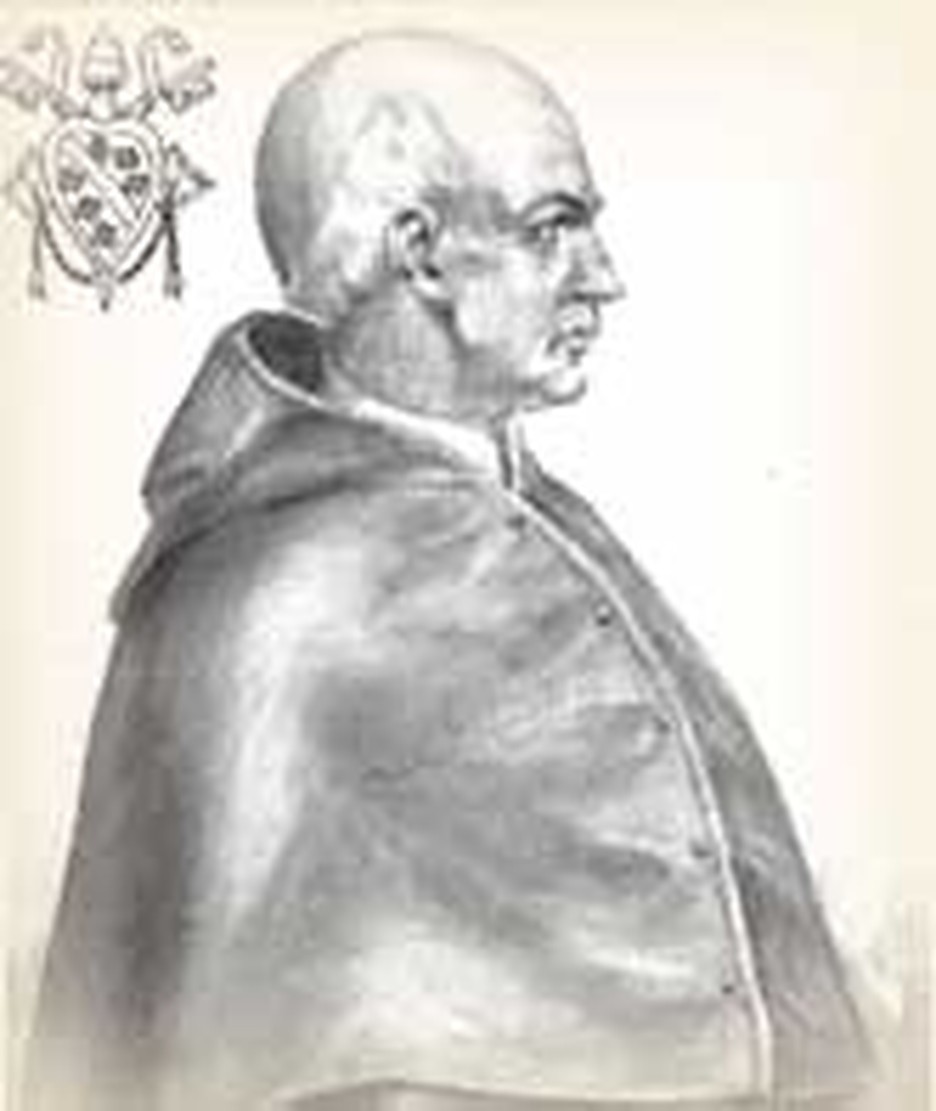
Does God want our blood? People who do not properly understand the full pardon offered by Christ's atonement may try to appease God by their own sufferings. Some attempt desperate remedies. This was the case with the flagellants, bands of men who flogged themselves publicly.
With the tide of monasticism came monks who whipped themselves or each other for their errors. One who was especially noted for this practice was Peter Damien, who hoped to suppress his lusts by scourging himself.
During a dreadful plague in 1259, common folk of Europe took up the idea. God was angry at the world. Something had to be done to turn away his wrath. Gangs of men gathered to flog themselves for their own sins and the sins of the world. Stripped to the waist they marched in processions, sometimes numbering ten thousand penitents, whipping themselves until they bled. When religious authorities opposed the movement, it died out in 1261, only to rear its head in uglier forms later.
When the black plague swept Europe, killing a quarter or more of the population, it brought terror. Bands of hysterical flagellants sprang up again. Among the errors taught by flagellants was that Christ was about to destroy the world but that the Virgin Mary had interceded and won a reprieve for any man who would join them for 33 days. As their blood flowed, they claimed it was mingling with Christ's blood to save the world and that their penitence would preserve the world from perishing. Many other manias also emerged during this period, such as uncontrollable dancing and Jew hunts.
The flagellants flourished into the fourteenth century. Following an outbreak of the whippings in France, the University of Paris appealed to the pope to suppress the heresy. On this day, October 20, 1349, after careful inquiry, Pope Clement VI sent letters to the bishops in Western Europe condemning the practice and teachings of the flagellants. Even this measure did not fully succeed. Groups of flagellants appeared again and again over the next century and a half. Public flagellation occurred in Italy until the nineteenth century and in Mexico, South America, the Philippines and other countries into the twentieth century.
Bibliography:
- "Flagellants." The Oxford Dictionary of the Christian Church. Edited by F. L. Cross and E. A. Livingstone. Oxford, 1997.
- "Flagellation, Flagellants." New Schaff-Herzog Encyclopedia of Religious Knowledge. Grand Rapids: Baker Book House, 1954.
- Montor, Chevalier Artaud de. Lives and Times of the Popes. New York: Catholic Publication Society of America, 1911.
- Toke, Leslie A. St. L. "Flagellants." The Catholic Encyclopedia. New York: Robert Appleton, 1914.
Last updated April, 2007.


